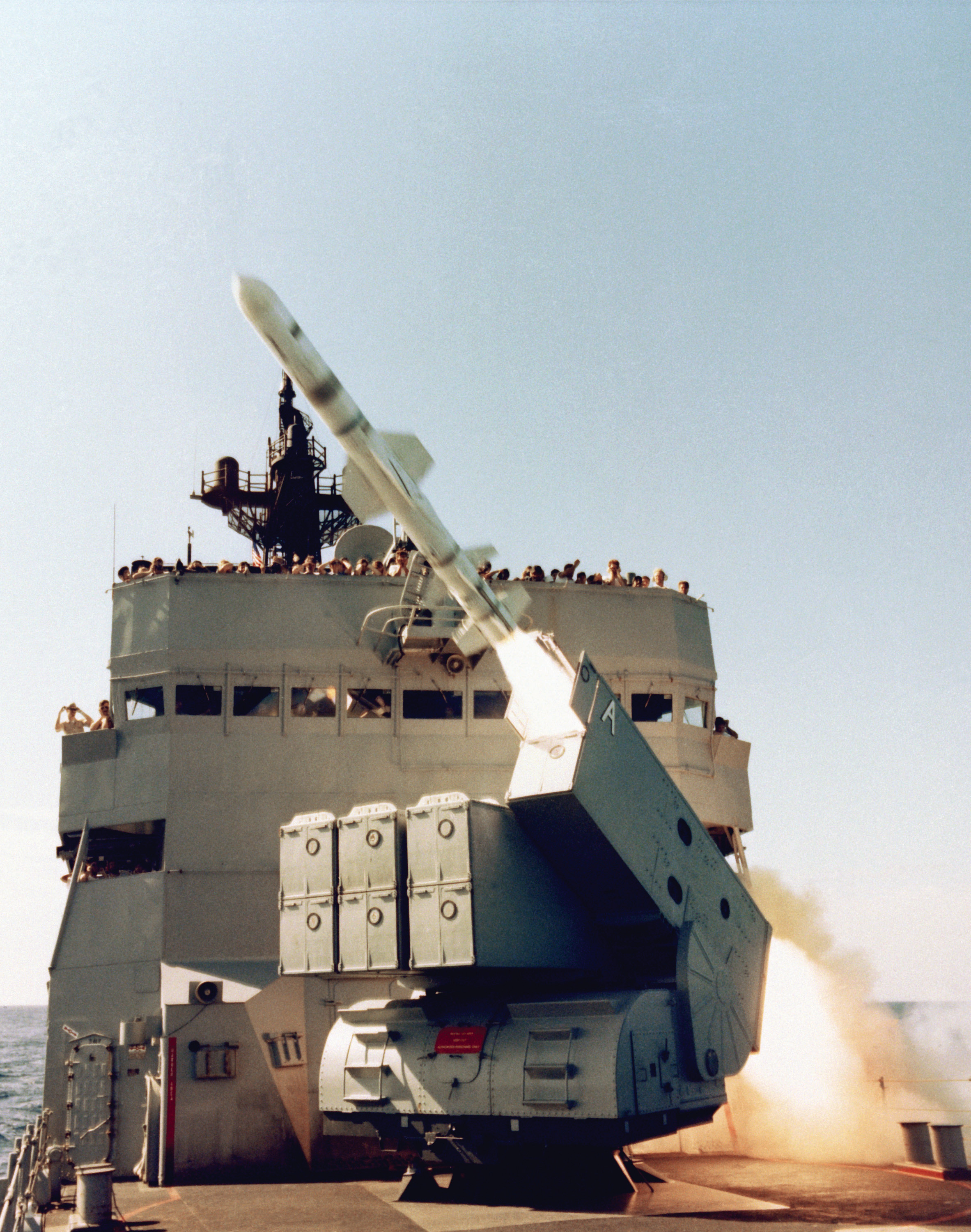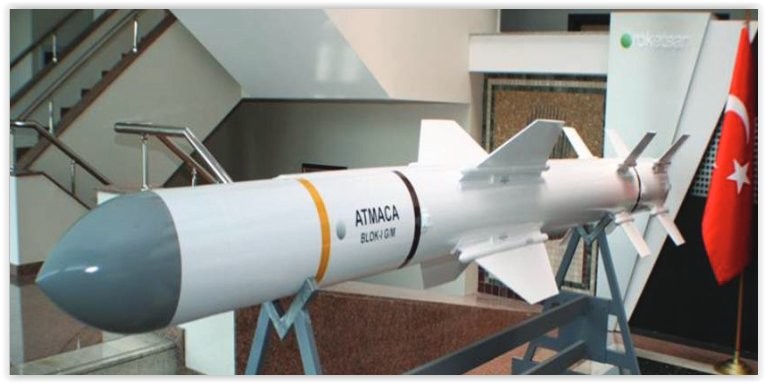SvenSvensonov
PROFESSIONAL

- Joined
- Oct 15, 2014
- Messages
- 1,617
- Reaction score
- 207
- Country
- Location
Is there any operational history of AGM 65 being employed as an Anti-ship missile?
Yes there is an operational history of the AGM 65 being used as an AShM
"The first time the Maverick were fired from a Lockheed P-3 Orion at a hostile vessel was when the USN and coalition units came to the aid of Libyan rebels to engage the Libyan Coast Guard vessel Vittoria in the port of Misrata, Libya, during the late evening of 28 March 2011. Vittoria was engaged and fired upon by a USN P-3C Maritime Patrol aircraft with AGM-65 Maverick missiles."
US Navy P-3C, USAF A-10 and USS Barry Engage Libyan Vessels
US Navy P-3C, USAF A-10 and USS Barry Engage Libyan Vessels
USS MOUNT WHITNEY, At Sea (NNS) -- A U.S. Navy P-3C Orion maritime patrol aircraft, U.S. Air Force A-10 Thunderbolt attack aircraft and guided-missile destroyer USS Barry (DDG-52), engaged Libyan Coast Guard vessel Vittoria and two smaller craft March 28.
The vessels were engaged after confirmed reports that Vittoria and accompanying crafts were firing indiscriminately at merchant vessels in the port of Misrata, Libya.
The P-3C fired at Vittoria with AGM-65F Maverick missiles, rendering the 12-meter patrol vessel ineffective and forcing it to be beached after multiple explosions were observed in the vicinity of the port.
Two smaller Libyan craft were fired upon by the A-10 using its 30mm GAU-8/ Avenger cannon, destroying one and forcing the other to be abandoned.
Barry provided situational awareness for the aircraft by managing the airspace and maintaining the maritime picture.
The P-3C, A-10 and Barry are currently supporting operations for Joint Task Force Odyssey Dawn.
Joint Task Force Odyssey Dawn is the U.S. Africa Command task force established to provide operational and tactical command and control of U.S. military forces supporting the international response to the unrest in Libya and enforcement of United Nations Security Council Resolution (UNSCR) 1973. UNSCR 1973 authorizes all necessary measures to protect civilians in Libya under threat of attack by Qadhafi regime forces.














